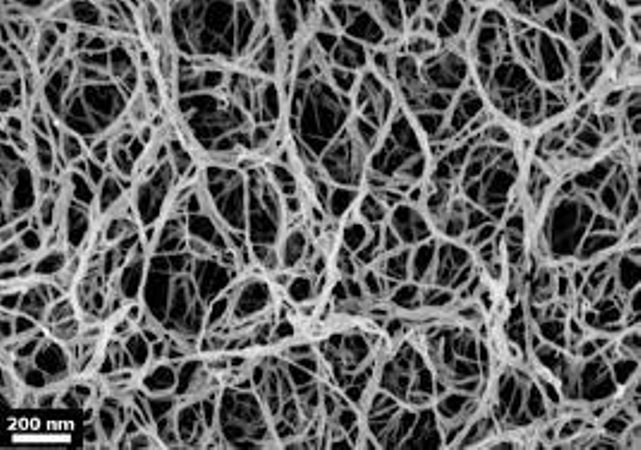
The global market for rheumatoid arthritis treatments is expected to grow at a CAGR of...
Learn More
Our consulting solutions address company specific challenges with respect to micro environment...
Learn More
Organizations frequently need day-today research guidancein order to gain strategic...
Learn More
Exploring different areas of market research and market analysis is a key factor...
Learn MoreAcute Market Reports presents the most extensive global business research services across industries. Our research studies focus on potential outcomes, benefits, and risks associated with each market segment across geographies. Having served our global clients for more than 10 years, our prime priority is to enable our clients in making well-informed business decisions through a data-driven, analytical, and uncomplicated research approach.
We provide access to the world's most comprehensive, analytical, and updated business intelligence services and solutions.




The kraft paper market is expected to grow at a CAGR of 3.9% during the forecast period of 2025 to 2033, driven by sustainability, basis weight versatility, and the rising demand for specialty kraft paper. Challenges related to raw material price flu...
Read More
The bio-based construction polymer market is expected to grow at a CAGR of 24% during the forecast period of 2025 to 2033, bio-based construction polymer market is a dynamic sector within the construction industry, driving sustainable and eco-friendl...
Read More
The instant water heater market involves the production and distribution of water heaters that provide hot water on demand without the need for a storage tank. These systems, also known as tankless water heaters, heat water directly via electrical el...
Read More




